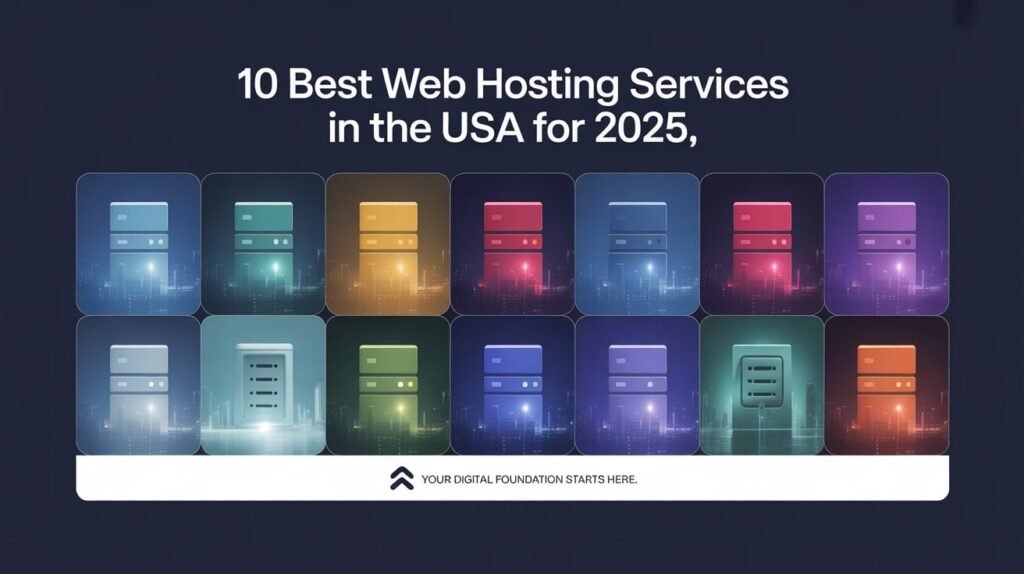Choosing the right web hosting provider is critical for your website’s success. Whether you’re launching a blog, an e-commerce store, or a corporate site, the right host ensures reliability, speed, and security. After analyzing top industry reviews, performance tests, and user feedback, here are the 10 best web hosting services in the USA for 2025, tailored to diverse needs and budgets.
What is a Web Hosting Service?
Web Hosting Services are companies that store website files on powerful computers called servers, keeping them connected to the internet. This allows anyone online to visit those websites at any time. When a user types a web address, the hosting service delivers the site’s content from the server to their device. The provider manages the servers, ensuring websites stay secure, fast, and accessible
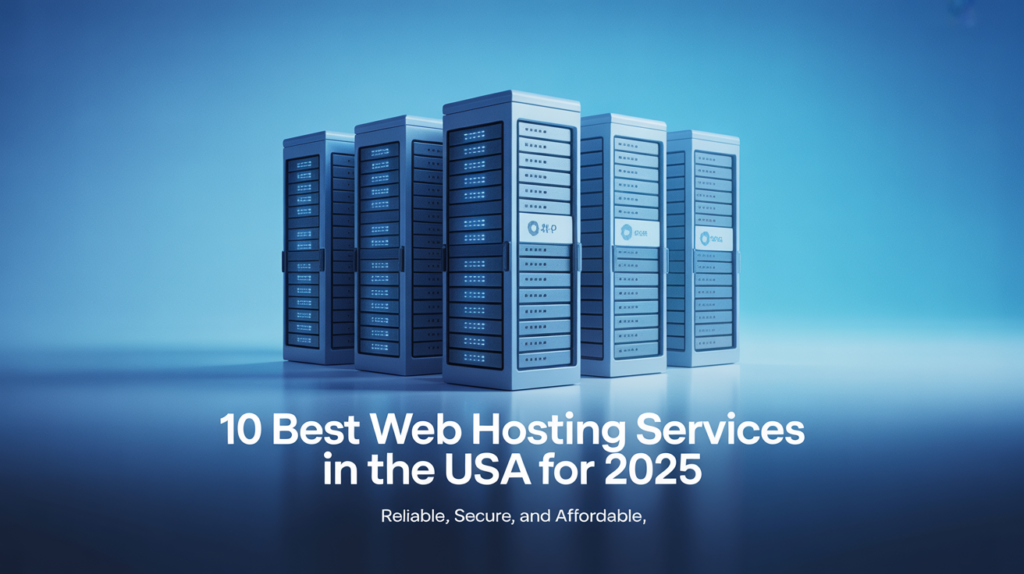
#1. Hostinger: Best Overall Hosting for Affordability & Innovation
Hostinger dominates as the best overall hosting provider, offering a blend of low-cost plans, cutting-edge AI tools, and exceptional performance. Starting at $2.49/month (with a 48-month commitment), its Premium Shared plan includes 100 GB SSD storage, unlimited bandwidth, and a free domain.

Key Features
- AI-Powered Tools: Built-in AI website builder and WordPress optimization tools streamline site creation.
- Global Speed: Servers in the U.S., Europe, and Asia ensure fast loading times (average 2.46s page load speed).
- Security: Free SSL, weekly backups, and DDoS protection.
Step-by-step guide to setting up your website with Hostinger
Step 1: Sign Up for a Hostinger Plan
Step 2: Verify Your Email: Check your inbox for a confirmation email from Hostinger. Click the verification link to activate your account.
Step 3: Access Hostinger’s hPanel
Step 5: Install WordPress (or Another CMS)
Step 6: Configure Your Website
Step 7: Enable SSL & Security
Step 8: Launch Your Website
Step 9: Set Up Email Hosting (Optional)
Step 10: Back Up Your Site.
#2. SiteGround Best for Small Businesses & Speed
SiteGround excels with its GrowBig plan ($4.99/month for the first year), offering managed WordPress hosting, daily backups, and a 99.99% uptime guarantee. It ranked number one in server response time (0.552s) in independent tests.
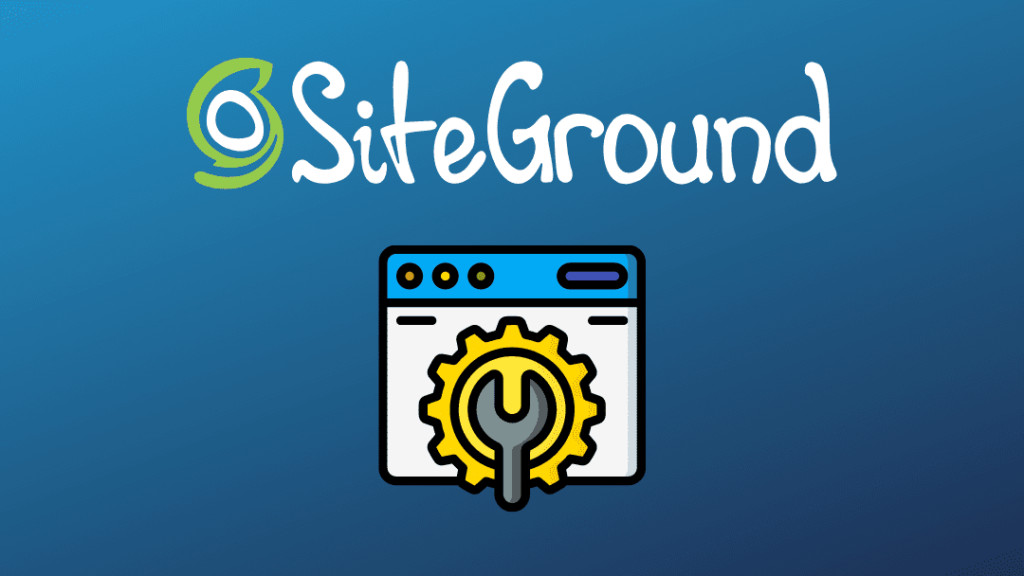
Key Features
- Superior Performance: Leverages Google Cloud infrastructure for rapid page loads.
- Customer Support: 24/7 expert assistance via live chat, phone, and tickets.
- Security: Free SSL, automated updates, and advanced firewall rules.
Read Also: How to Speed Up a Website with the Right Web Hosting 2025
A Step-by-step guide to setting up your website with SiteGround.
Step 1: Sign Up for a SiteGround Plan
Step 2: Verify Your Account
Step 3: Access SiteGround’s Dashboard
Step 4: Connect or Transfer Your Domain
Step 5: Install WordPress (or Another CMS)
Step 6: Set Up SSL & Security
Step 7: Configure Your WordPress Site
Step 8: Migrate an Existing Website (Optional)
Step 9: Enable Backups
Step 10: Set Up Professional Email
Step 11: Optimize Performance
Step 12: Launch Your Website
#3. Bluehost Best for WordPress Beginners
Officially recommended by WordPress.org, Bluehost simplifies site setup with one-click WordPress installation and a free domain. Plans start at $3.95/month, including 50 GB SSD storage and a free CDN.
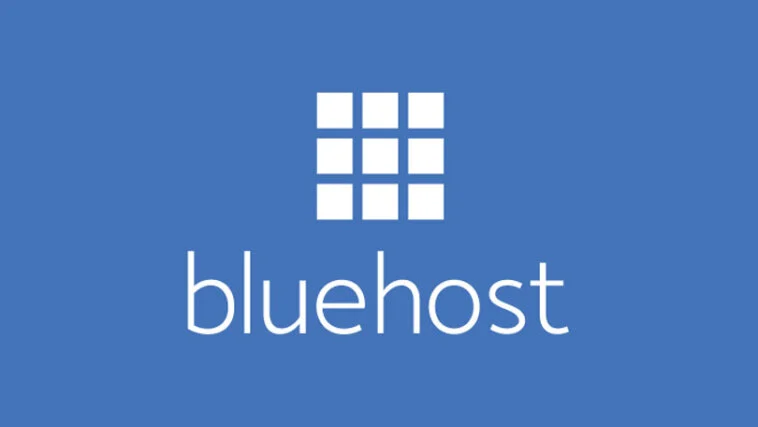
Key Features:
- User-Friendly: Intuitive dashboard and 24/7 WordPress-specific support.
- Scalability: Easily upgrade to VPS or dedicated hosting as your site grows.
- Marketing Tools: Free $200 Google Ads credit and SEO plugins.
Here’s a step-by-step guide to setting up your website with Bluehost
Step 1: Sign Up for a Bluehost Plan
Step 2: Verify Your Account
Step 3: Log In to Bluehost Dashboard
Step 4: Connect or Transfer Your Domain
Step 5: Install WordPress
Step 6: Set Up SSL Certificate
Step 7: Log In to WordPress
Step 8: Customize Your Website
Step 9: Set Up Professional Email
Step 10: Enable Backups
Step 11: Optimize Performance
Step 12: Launch Your Site
#4. WP Engine Best Managed WordPress Hosting
WP Engine is the go-to for high-traffic WordPress sites, offering fully managed hosting starting at $35/month. Its proprietary EverCache technology ensures blazing-fast speeds (average 2.54s page load time).
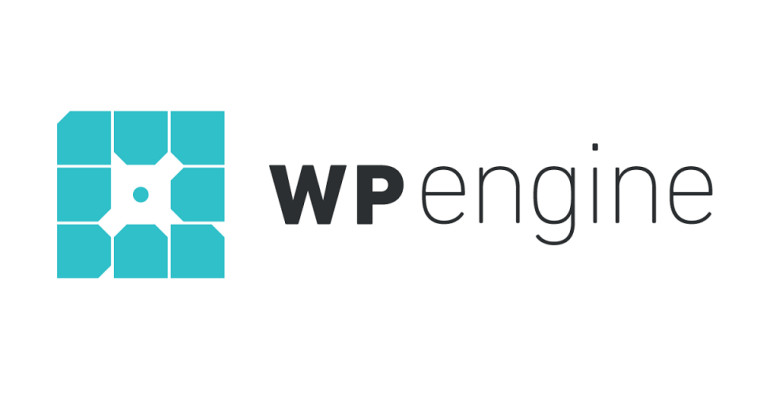
Key Features
- Enterprise-Grade Security: Automated malware scans and threat detection.
- Developer Tools: Staging environments, Git integration, and SSH access.
- Global CDN: Includes 200+ edge locations for faster content delivery.
Here’s a step-by-step guide to setting up your website with WP Engine,
Step 1: Sign Up for a WP Engine Plan
Step 2: Create Your First Site Environment
Step 3: Install WordPress
Step 4: Connect Your Domain
Step 5: Set Up SSL Certificate
Step 6: Migrate an Existing WordPress Site (Optional
Step 7: Configure Staging & Development Environments
Step 8: Optimize Performance
Step 9: Set Up Security
Step 10: Launch Your Website
#5. A2 Hosting Best for Speed Enthusiasts
A2 Hosting’s Turbo Boost plan ($11.99/month) delivers 20x faster page loads with LiteSpeed caching and NVMe storage. It boasts an average server response time of 0.662s, ideal for SEO-driven sites.
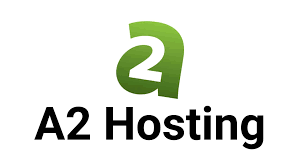
Key Features
- Turbo Servers: Optimized for high-traffic websites.
- Free Site Migration: Hassle-free transfers with zero downtime.
- Green Hosting: Carbon-neutral operations.
Here’s a step-by-step guide to setting up your website with A2 Hosting
Step 1: Choose an A2 Hosting Plan
Step 2: Register or Transfer a Domain
Step 3: Complete the Purchase
Step 4: Access cPanel
Step 5: Install WordPress (or Another CMS)
Step 6: Set Up SSL Certificate
Step 7: Connect Your Domain (If Not Pre-Configured
Step 8: Log In to WordPress
Step 9: Optimize Speed with Turbo Servers (Turbo Plans Only)
Step 10: Set Up Professional Email
Step 11: Migrate an Existing Site (Optional)
Step 12: Enable Backups
Step 13: Launch Your Site
#6. Liquid Web Best for Enterprise & Managed Hosting
Liquid Web caters to large businesses with premium managed hosting, including VPS, dedicated servers, and cloud solutions. Plans start at $15/month, offering 24/7 “Heroic Support” and 100% uptime SLAs.

Key Features:
- High-Performance Servers: Intel Xeon processors and RAID storage.
- Advanced Security: DDoS protection and server hardening.
- Scalability: Seamless upgrades for traffic spikes.
Setting up your Liquid Web hosting account involves several key steps
Step1. Accessing Your Liquid Web Account
Step 2. Navigating to WHM (Web Host Manager)
Step 3. Creating a cPanel User Account
Step 4. Scroll down and click Create to finalize the account setup
Step 5. Managing Your Website via cPanel
Step 6. Migrating an Existing Website
Step 7. Configuring Security and Backups
Step 8. Accessing Support
Read Also: 12 Best Hosting Platforms for Bloggers
#7. DreamHost Best for Cloud Hosting & Flexibility
DreamHost’s cloud hosting plans ($8/month) provide unlimited traffic, NVMe storage, and a 100% uptime guarantee. Its custom control panel simplifies server management for non-tech users.
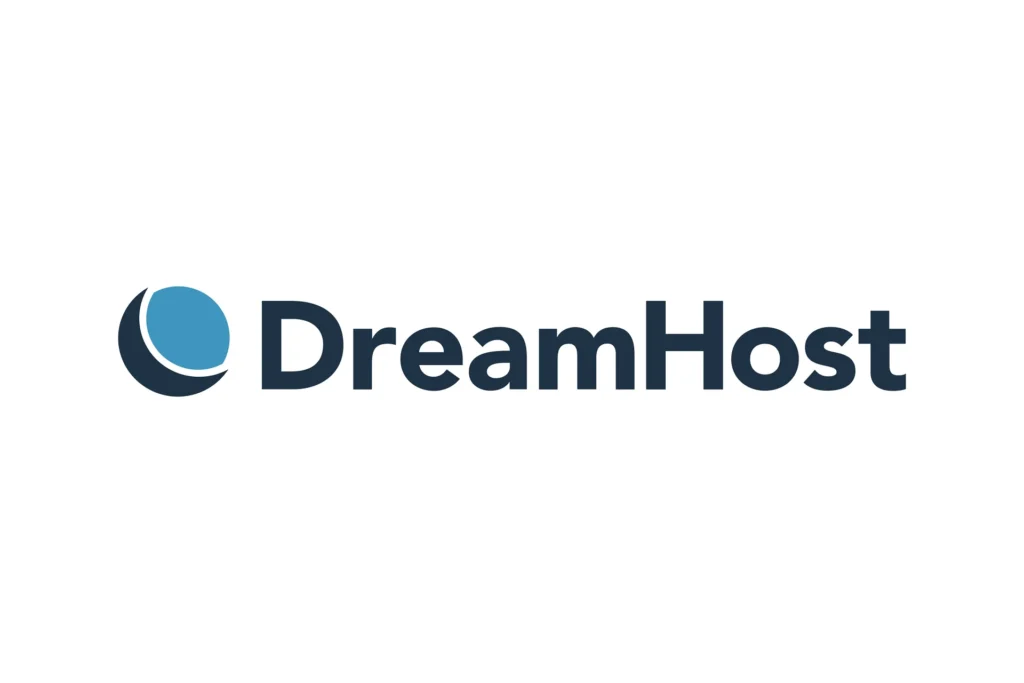
Key Features:
- Unmetered Bandwidth: Handle traffic surges without extra costs.
- Free WordPress Migrations: Automated plugin for seamless transfers.
- 97-Day Money-Back Guarantee: Industry’s longest trial period.
Setting up a DreamHost account is a straightforward process, ideal for beginners looking to establish their online presence. Here’s a step-by-step guide to help you get started:
Step 1. Create Your DreamHost Account
Step 2. Choose a Domain Name
Step 3. Select a Hosting Plan
Step 4. Build Your Website
Step 5. Secure Your Website with SSL
Step 6. Set Up Email Accounts
Step 7. Additional Configurations
#8. GreenGeeks Best Eco-Friendly Hosting
GreenGeeks offsets 300% of its energy consumption with renewable projects, making it a top choice for eco-conscious users. Shared plans start at $12.95/month, including free SSL and nightly backups.
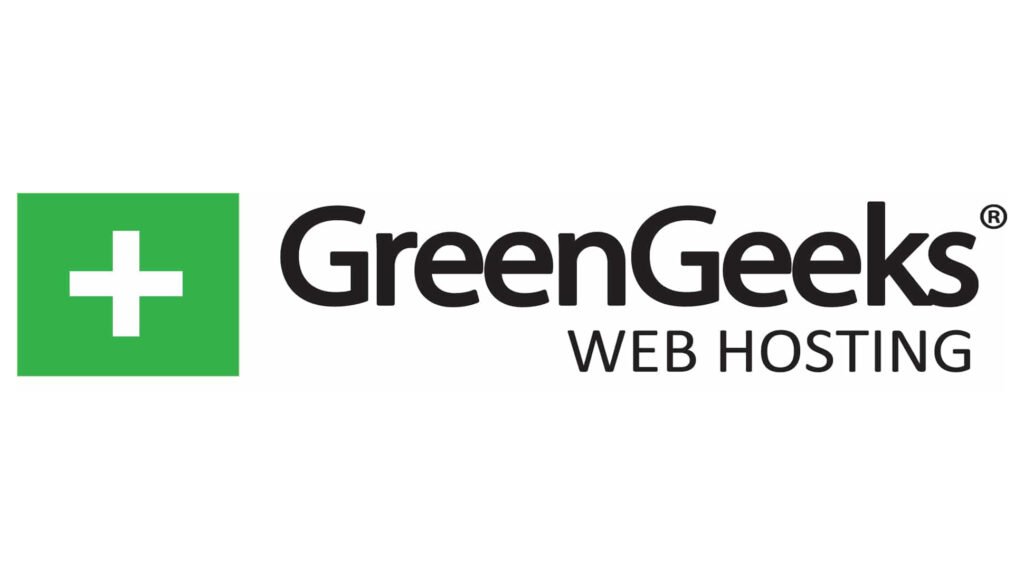
Key Features:
- Sustainable Hosting: Powered by wind energy credits.
- Performance: LiteSpeed servers and built-in caching.
- Security: Real-time malware scanning and automatic updates.
Setting up your GreenGeeks hosting account is a straightforward process, whether you’re launching a new website or migrating an existing one. Here’s a step-by-step guide to help you get started:
Step 1. Accessing Your GreenGeeks Account
Step 2. Utilizing the Quick Launch Wizard
Step 3. Managing Your Domain
Step 4. Building Your Website
Step 5. Setting Up Email Accounts
Step 6. Enhancing Security and Performance
Step 7. Testing and Launching Your Website
#9. InMotion Hosting Best Customer Support & Uptime
InMotion Hosting offers a 90-day money-back guarantee and 99.99% uptime. Its Launch plan ($2.49/month) includes free SSL, unlimited bandwidth, and a drag-and-drop website builder.

Key Features:
- 24/7 U.S.-Based Support: Phone, chat, and email assistance.
- Free Domain: Includes a professional email address.
- BoldGrid Builder: Pre-designed templates for quick launches.
Setting up your InMotion Hosting account is a straightforward process, whether you’re launching a new website or migrating an existing one. Here’s a comprehensive guide to help you get started:
Step 1. Accessing Your InMotion Hosting Account
Step 2. Choosing a Hosting Plan and Initial Setup
Step 3. Building or Migrating Your Website
Step 4. Setting Up Email Accounts
Step 5. Enhancing Security and Performance
Step 6. Testing and Launching Your Website
#10. IONOS by 1&1 Best Scalability & Budget Plans
IONOS offers shared hosting from $1/month, featuring daily backups, malware scanning, and a personal consultant. It’s cloud hosting scales effortlessly, making it ideal for growing sites.

Key Features
- Affordable Entry Plans: Ideal for startups and hobbyists.
- Global Data Centers: Servers in the U.S., Europe, and Asia.
- Advanced Security: Includes GeoTrust SSL and DDoS protection.
Setting up your IONOS hosting account is a straightforward process, whether you’re launching a new website, migrating an existing one, or deploying cloud infrastructure. Here’s a step-by-step guide to help you get started:
Step 1. Create Your IONOS Account
Step 2. Access the My IONOS Dashboard
Step 3. Build Your Website
Step 4. Set Up Email Accounts
Step 5. Manage Domains and DNS Settings
Step 6. Explore IONOS Cloud Services
Step 7. Enhance Security and Performance
Step 8. Access Support and Resources
Conclusion
The best web host depends on your specific needs. For beginners, Hostinger and Bluehost offer unbeatable ease of use, while enterprises should consider Liquid Web or WP Engine. Eco-conscious users will love GreenGeeks, and speed enthusiasts can’t go wrong with A2 Hosting. By aligning your priorities with these top providers, you’ll ensure a fast, secure, and reliable online presence in 2025.

